Surreal Photos Taken Inside the Sprawling Nike Factory

Photographer Alastair Philip Wiper is no stranger to entering spaces rarely seen by others — having previously visited a cryogenic chamber and a doomsday underground house. Wiper continued his modus operandi of taking viewers inside restricted locations when he was invited to document the inside of Nike.
The global sportswear and athletic brand with the iconic “Swoosh” logo and famous “Just Do It” slogan is headquartered in Oregon. “My work is all about seeing behind the scenes and going places people don’t usually go, so this project was perfect for me,” Wiper tells PetaPixel.

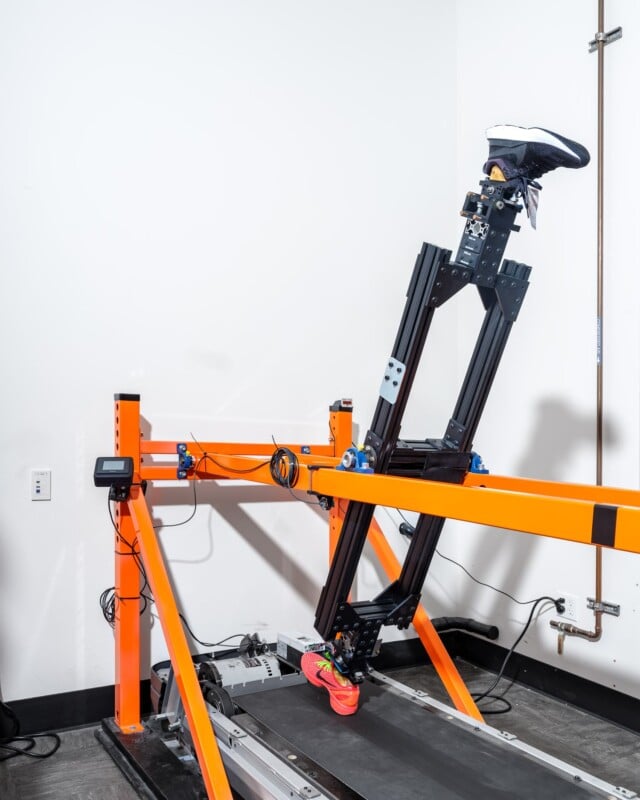
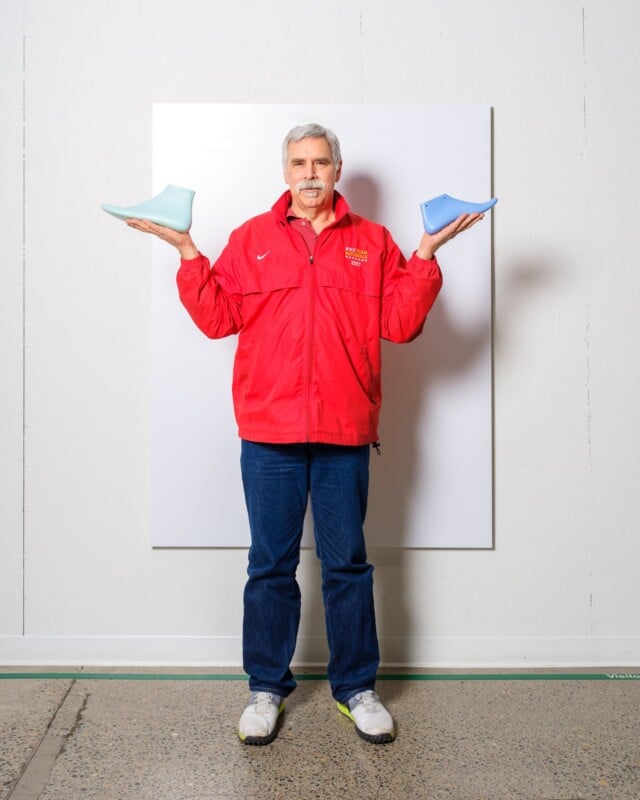
The photographer explored the Nike World Headquarters, exploring the entire campus over the course of five days. Wiper captured foot moulds, freshly-printed prototypes, and jump tests in his hyper-realistic, surrealist signature style that requires flash to light frames evenly.
“It’s an epic place,” Wiper explains. “It was very businesslike — professionals going about their working day — and it was amazing that I was being allowed into the core of this iconic brand, known and worn throughout the world.”
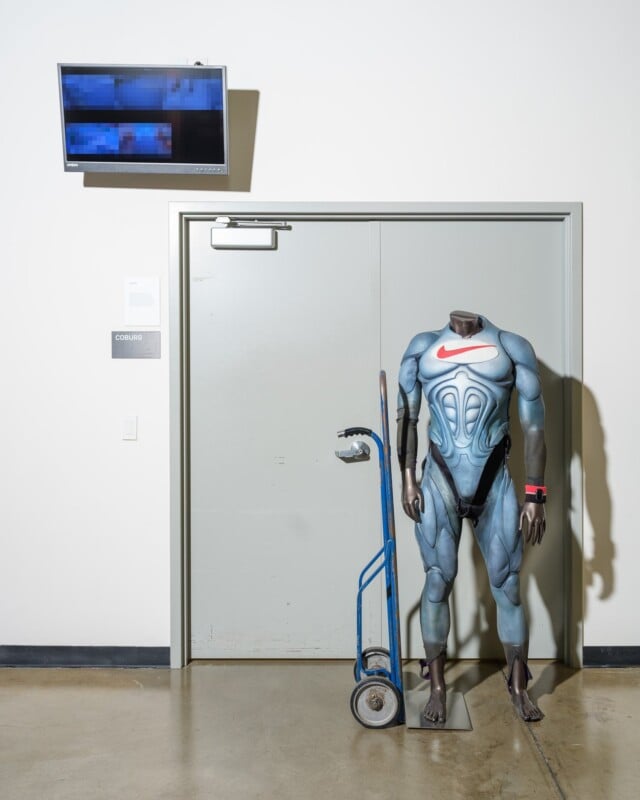
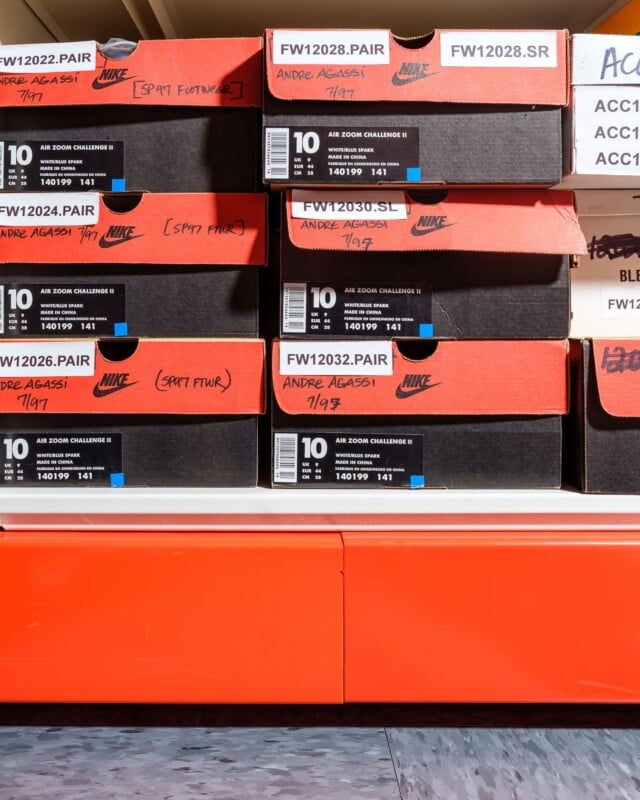

![]()
Wiper visited the Nike Air Manufacturing Innovation facility, the LeBron James Innovation Center, the Nike Advanced Product Creation Center, Nike’s Bowerman Footwear Lab, Nike’s Pegasus testing lab, all in Beaverton, Oregon. But his favorite site was the Department of Nike Archives.
“The archive was perhaps the most memorable place — stacks of folders with correspondence from Phil Knight [Nike’s co-founder], hand drawings by Tinker Hatfield of iconic Nike shoes, game-worn shoes by Agassi and Michael Jordan,” he says. “Things that should be in a museum, but instead are just in this warehouse where you could reach out and touch them.”
![]()

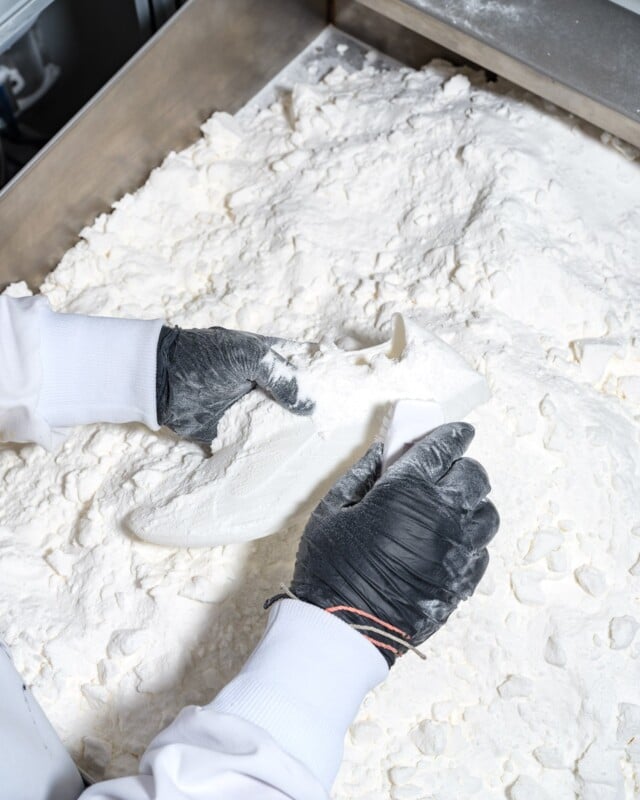
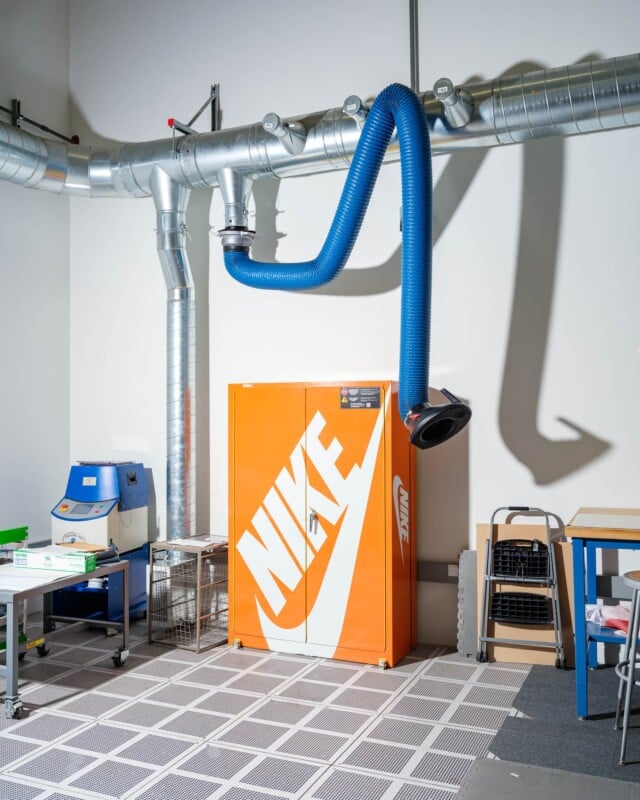
Wiper was invited by Nike to visit the site and his photos will be included in a book and exhibition called Nike: Form Follows Motion which is show at the Vitra Design Museum near Basel, Switzerland until May 4, 2025.
More of Wiper’s work can be found on his website and Instagram.
Image credits: Photographs by Alastair Philip Wiper.





